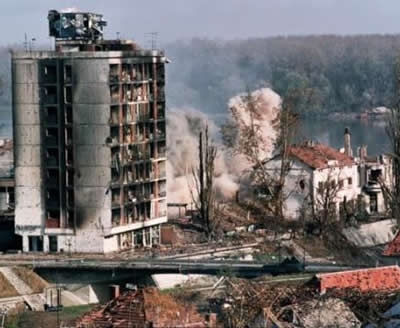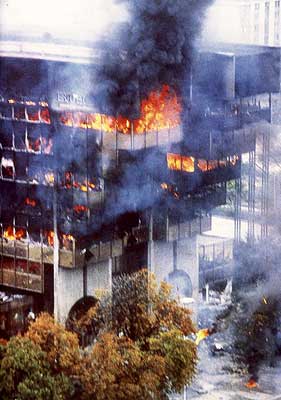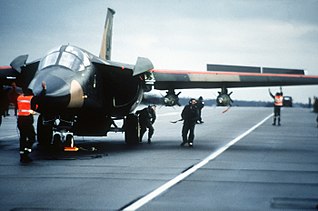Operation: Novina
At dawn, it had begun. The largest ground offensive of the war involving nine COSPN divisions composed of some 100,000 ground troops. Operation: Novina, as it was called, opened up with a campaign of vicious air to ground violence against the thousands of East Gavran troops entrenched in their sturdy defenses. EB-4B Tantalus bombers under the 4th TAC initiated a brutal resurgence of strategic bombing that had not been seen since it was suspended. Fighter bombers hunted down everything on the ground, leaving nothing for the enemy to use in an escape effort. Trucks, tanks and even abandoned cars were targeted by fighters and drones to minimize the enemy's chance of escape. Bridges to the enemy's north were left mostly intact to allow COSPN ground forces to advance while all bridges to their rear and flanks were targeted. Roadways were bogged with craters, airfields were torn apart, helipads were demolished, train tracks were annihilated and even the rivers were being mined by support aircraft from C.R.S. Eternity's CVNF-667 squadron. The last was the most dangerous job to carry out. By the time ground combat initiated, two NV-70C Castaways had been lost while trying to mine the rivers adjacent to the enemy's route of escape.
Despite the dangers, the air attack seemed to be the most effective of the war. Air cover in the operational zone was sealed tight as COSPN aircraft pounded the enemy forces for nearly 38 hours before ground contact. Then, at 05:00, IX Corps poured across the line under a blanket of artillery, rockets and cruise missile from from behind them. The air around the combat zone was literally pitch black for miles, presenting a scene of destruction that had not yet been seen in the conflict. East Gavran ground concentrations were targeted for total obliteration, not just disablement. For the first time in the war, other COSPN nations were contributing large numbers of troops in heading a frontline attack. Only four of the nine divisions were Repulaean, the rest belonging to mostly Euneia or Serany. Silvioni troops were mostly committed for auxiliary purposes during the initial attack, hoping to bring their offensive units in later on. However, Silvioni fighter jets clouded the skies over the northeastern sectors, giving Euneian troops a clear line of advance under stringent air cover. Overall, it was an effective multilateral effort that would surely throw the enemy a deadly curve ball. There was little way the enemy could respond effectively and quickly before taking terrible loses.
The goal of Operation: Novina was to "entrap and encircle" East Gavran forces at the Utorian Line. By doing so, the bulk of East Gavran resistance would be crushed and opposition on the route to their capital would be significantly lessened. To accomplish this goal, COSPN forces pincered to the southeast and southwest, squeezing the massive Gavran garrison into a small wedge from which small pieces could be chopped until the enemy was diminished. When the pincers met after just 8 hours of ground combat, the COSPN forces now circled a smoldering, burning heap of destruction in which thousands of Gavran troops still remained, battered, broken but undefeated. Now began the long, bloody process of uprooting what Gavrans were left by saturating the area with airstrikes and artillery. Until the enemy forces were either destroyed or surrendered, COSPN would relentlessly rain bombs, rockets, missiles and shells upon the area. Several times an appeal was made to the chief Gavran commander demanding a surrender of all Gavran forces within the area. Thus far, COSPN Command was still awaiting a response. If this operation were to succeed in full, there would be little hope for a viable conventional resistance by the East Gavran military. Shamefully, however, the civilian cassualty rate had soared far past expected figures, leaving hundreds dead and thousands more homeless. It was the worst number of civilian losses by Repulaean hands in the whole conflict. And there was still much more to come from Operation: Novina.










